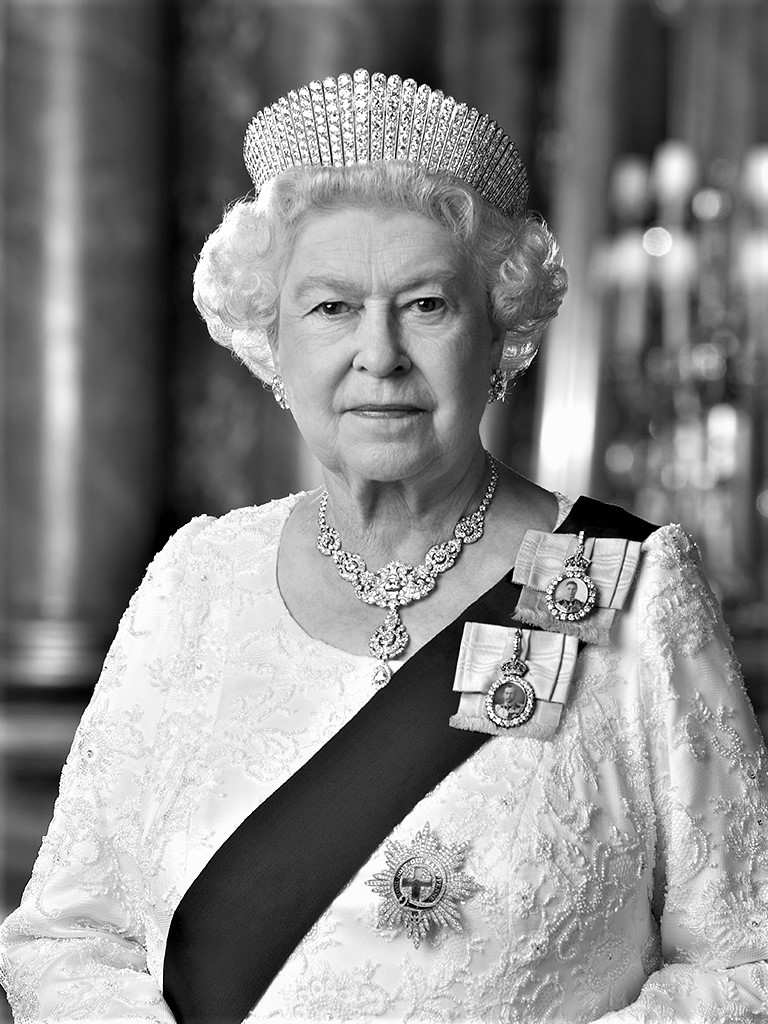Frequently Asked Questions
Why do I need clinical photography/video?
Photographs and videos are used to record detailed and accurate images to assist clinicians in diagnosis and monitoring of conditions, disease and progress.
What happens during an appointment?
The areas to be recorded are indicated on the photographic request form that will be completed between yourself and your consultant. You will be asked to bring this request form to your photography appointment. We will discuss the photographic views or recordings with you at the beginning of the session. Photography and videos will take place in our photographic studio, clinic, ward or operating theatre. You may be asked to remove items of clothing, jewellery or make-up before the session starts. Upon completion of the session the photographer will ensure that you fully understand how these images or videos may be used.
Who will photograph or take videos of me?
You will be photographed or videoed by an experienced Clinical Photographer. We try to have both male and female photographers. Please ask your consultant or photographer if you would prefer to be seen by someone of the same sex. A friend or relative can accompany you if you wish, or we can provide a chaperone.
Do I have a choice?
Yes you do. Although clinical photographs are an important part of treatment planning, if you do not wish to be photographed it will not affect your treatment or care in any way.
What happens to the photographs/video?
They will be stored as part of your confidential medical records.
Can I have a copy?
Yes, you can have printed copies of all photographs. Pease contact your consultant, who will request the photographs or copy of the video on your behalf.


Her Majesty Queen Elizabeth II
1926 - 2022
1926 - 2022